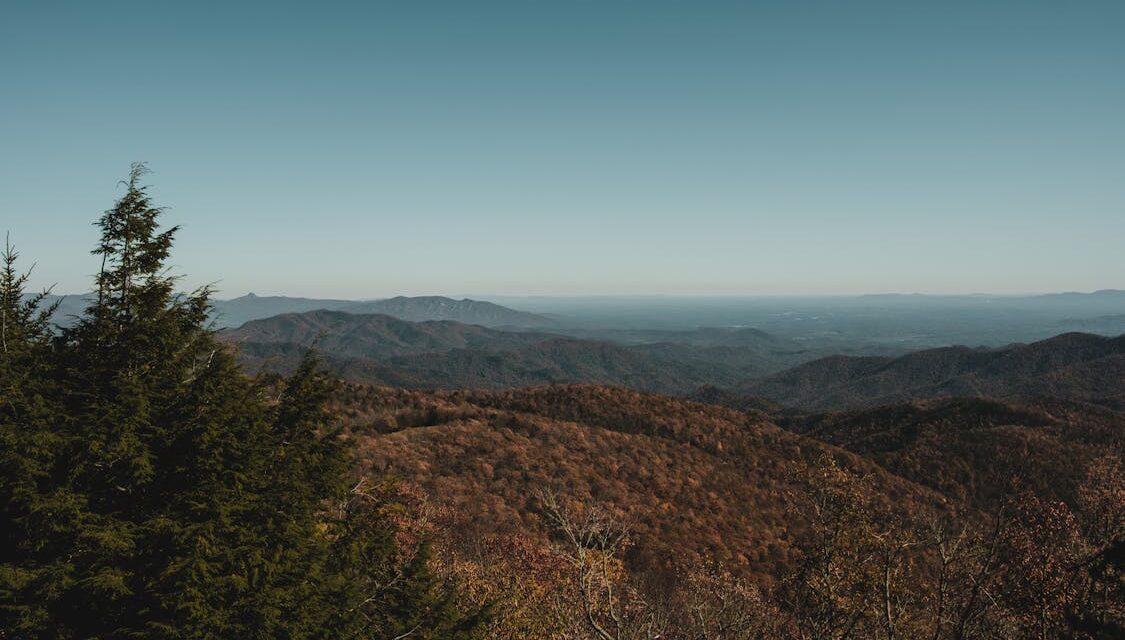“The Fabulous Ordinary” is the perfect title of Georgann Eubanks’ new book. Its full title is “The Fabulous Ordinary: Discovering the Natural Wonders of the Wild South.”
One of Eubanks’ great skills is writing about things that might seem simple or ordinary but are too important not to explain and celebrate.
In her new book she continues her efforts to save natural treasures that are threatened by human activities.
With the help of her photographer, Donna Campbell, she takes you there by describing important sights along the way as she introduces people who care about the places and lets those people tell directly the history and importance of the place.
She turns her readers into fellow explorers as she shares her experiences in her book’s fifteen chapters, summarized below:
- Sandhill Cranes: Wheeler National Wildlife Refuge, Decatur, Alabama. “An estimated 20,000 sandhill cranes have taken up residence for a few weeks. In early morning and late afternoon, they congregate in the fields to feed. It’s a mixer, a mash-up, a raucous dance party.”
- Bald Eagles: Lake Guntersville, Alabama. “Seeing a bald eagle up close –its size and dignity, the sharp gaze of its yellow eyes, the strength rippling through its wings –is unforgettable.”
- Dimpled Trout Lilies: Wolf Creek Preserve, Whigham, Georgia. “With sunshine, six petals of the umbrella open out. They are bright yellow on the inside and flecked with red around the middle of the blossom. Six red anthers like tiny, ridged tongues, hang from the center of the flower, inviting bees and beetles to visit.”
- River Otters: Ichetucknee Springs State Park, Fort White, Florida. ”According to the National Wildlife Federation, a river otter’s whiskers are highly sensitive and attuned to prey when the water is cloudy. The animals depend on their underwater vision when submerged, and because they are nearsighted, they rely more on their sense of smell, touch, and hearing to navigate above water.”
- Alligators: Okefenokee National Wildlife Refuge, Waycross, Georgia. “A couple of the gators had their mouths wide open, showing their seventy-plus teeth jutting out of the fleshy red tissue inside their jaws.”
- Frogs and Toads: Riceboro, Georgia, and Carrboro, North Carolina. “Frogs are a sentinel species. When you hear frogs, you are probably hearing a healthy wetland habitat.”
- Eastern Screech-Owls: New Hampden, Virginia. “0nly six to ten inches tall, these agile night hunters and furtive flyers are heard and sometimes seen at dusk.”
- Dismalites (glowworms): Dismals Canyon, Phil Campbell, Alabama. “Another form of organic light, sometimes called fox-fire, will-o’ the wisp, or fairy fire, is also found in southern hardwood forests.”
- Fireflies: Great Smoky Mountains National Park, Tennessee, and Pisgah National Forest, North Carolina. “Neither bug nor fly but a beetle, kin to the ladybug and June bug, the firefly’s years existence today is challenged constantly by earth movers clearing out forests and fields and draining wetlands.”
- Purple Martins: Lake Murray, Lexington, South Carolina; Moths and Butterflies: Little Switzerland, North Carolina, and Gainesville, Florida. “For better or worse, in the eastern United States, purple martins have become completely dependent upon humans for their nesting and breeding habits.”
- Moths and Butterflies: Little Switzerland, North Carolina, and Gainesville, Florida. “According to estimates by the Smithsonian Institution, there are 160,000 moth species and 17,500 butterfly species worldwide.”
- Forest Bathing (spending time in woods): Monterey, Virginia. Forest bathing is a deceptively simple-sounding activity. According to the Global Wellness Institute, “forest bathing and forest therapy broadly means taking in, in all of one’s senses, the forest atmosphere.”
- Wood Storks and Roseate Spoonbills: Aiken and Hunting Island, South Carolina. “Wood storks are dramatic creatures, broad-chested and tall. They have a wingspan of five feet and are primarily white, but their wing and tail feathers are pitch black, with a greenish tinge.”
- Bugling Elk: Cherokee, North Carolina. “In 2001, a scientifically disciplined and sustainable project was undertaken to reintroduce elk to Western North Carolina, but the animals that were transplanted to the Smoky Mountains are a different subspecies from the original eastern elk. The newcomers are also known as wapiti, a Shawnee word that means white rump.”
- Tundra Swans and Snow Geese: Pocosin Lakes National Wildlife Refuge, North Carolina. “According to National Geographic, a tundra swan can weigh between eight and twenty-three pounds. It has a wingspan of five-and-a-half feet. Its average lifespan in the wild is twenty years.”
 D.G. Martin, a lawyer, retired as UNC system vice president for public affairs in 1997. He hosted PBC-NC’s “North Carolina Bookwatch,” for more than 20 years.
D.G. Martin, a lawyer, retired as UNC system vice president for public affairs in 1997. He hosted PBC-NC’s “North Carolina Bookwatch,” for more than 20 years.
Chapelboro.com does not charge subscription fees, and you can directly support our efforts in local journalism here. Want more of what you see on Chapelboro? Let us bring free local news and community information to you by signing up for our newsletter.


